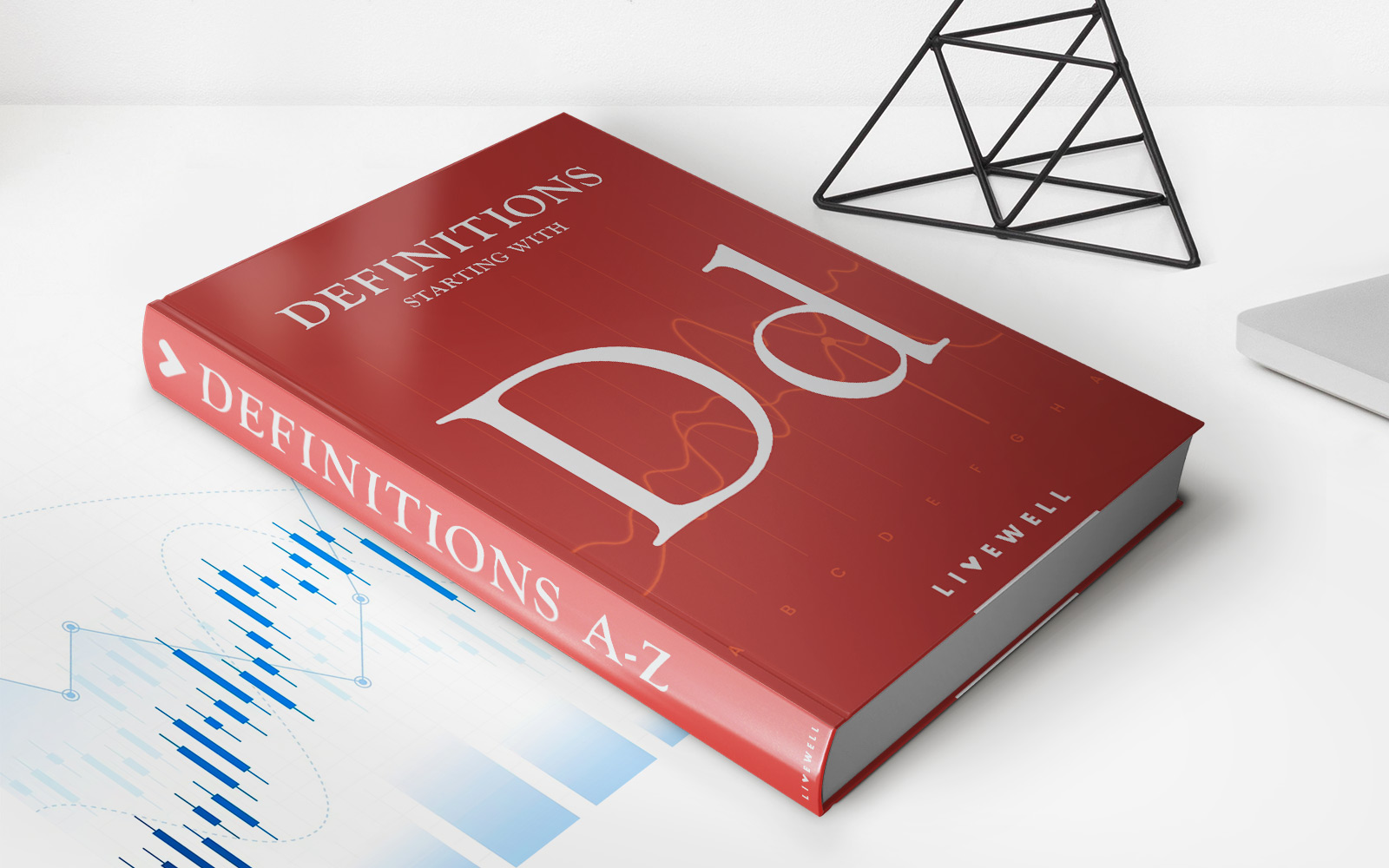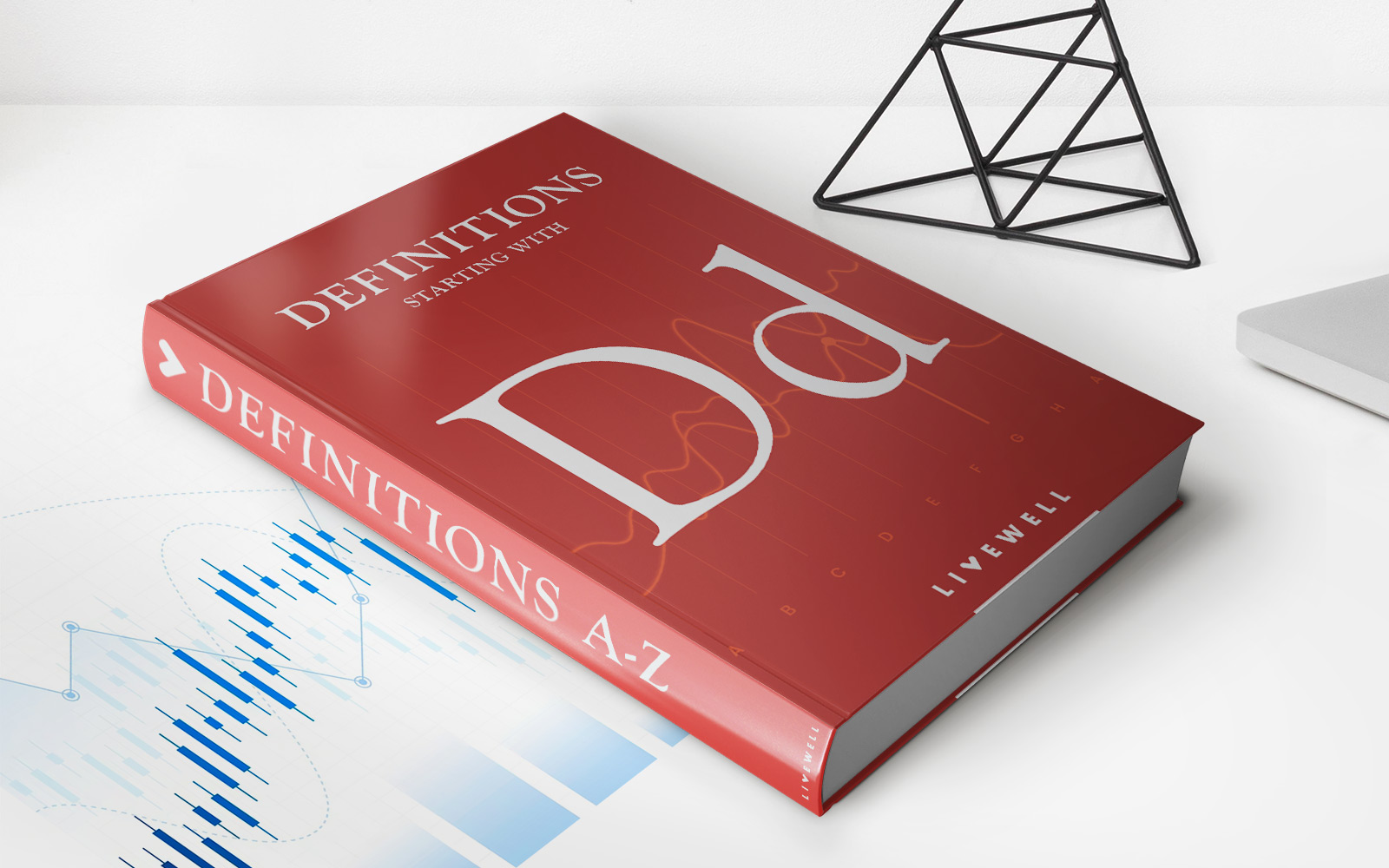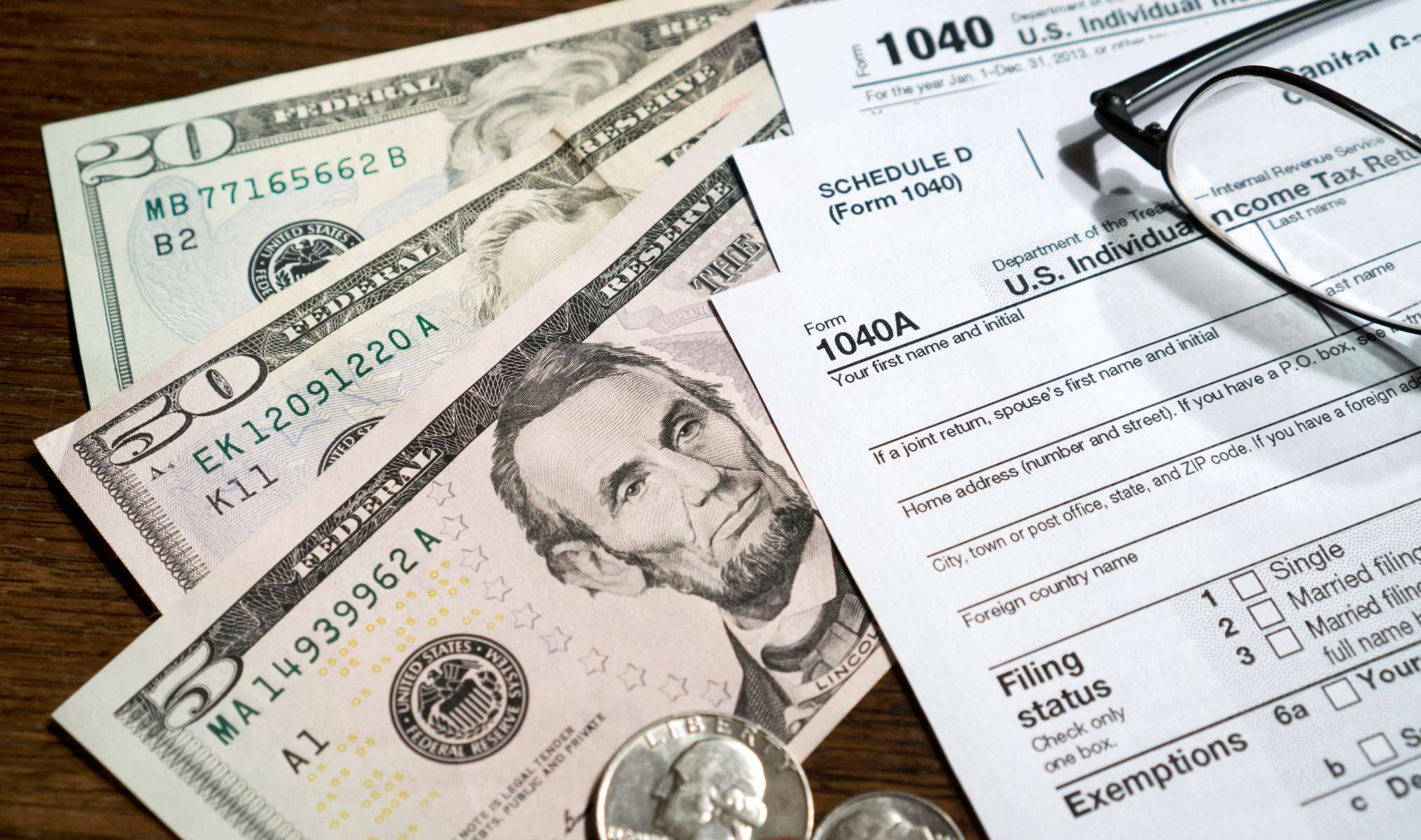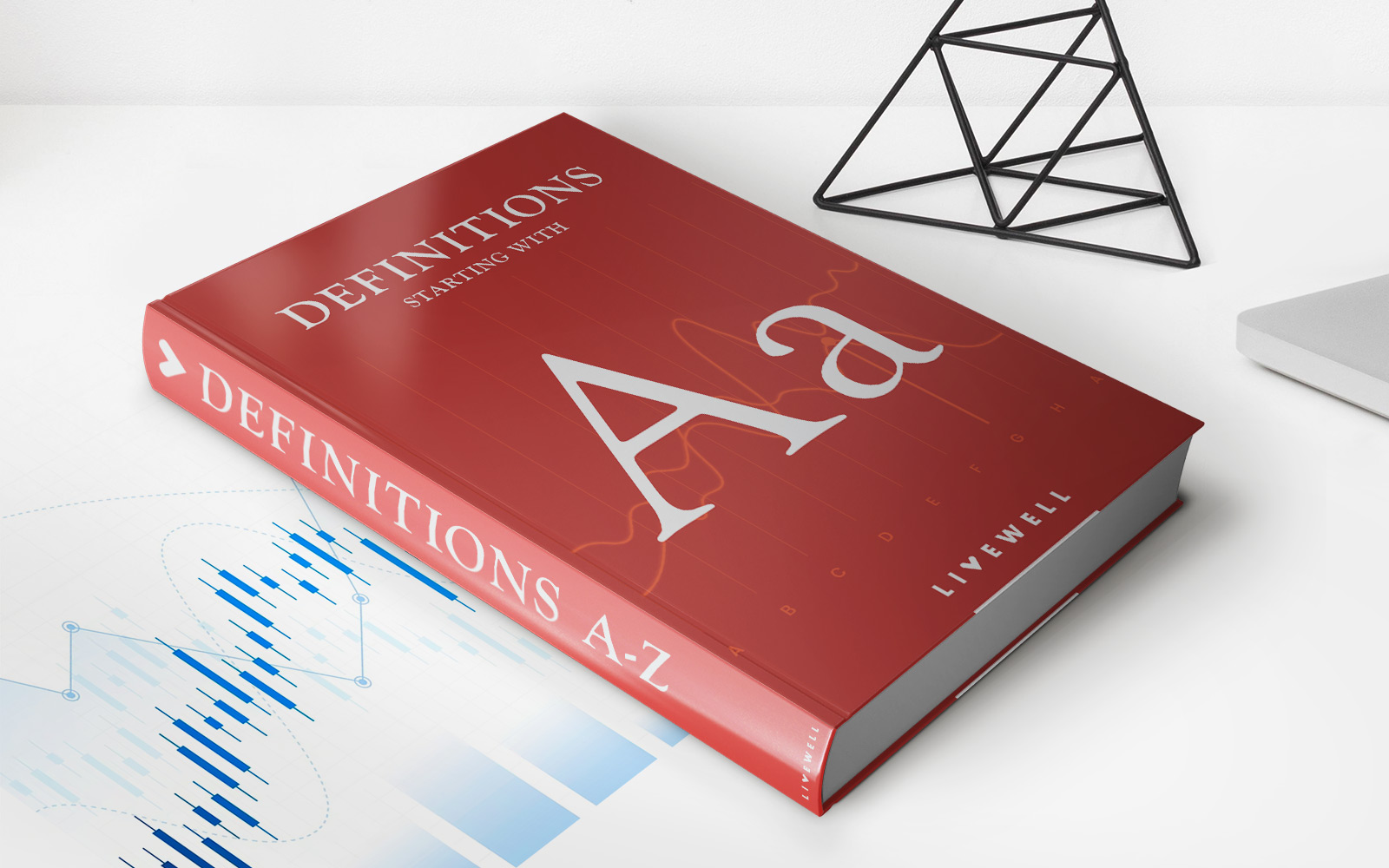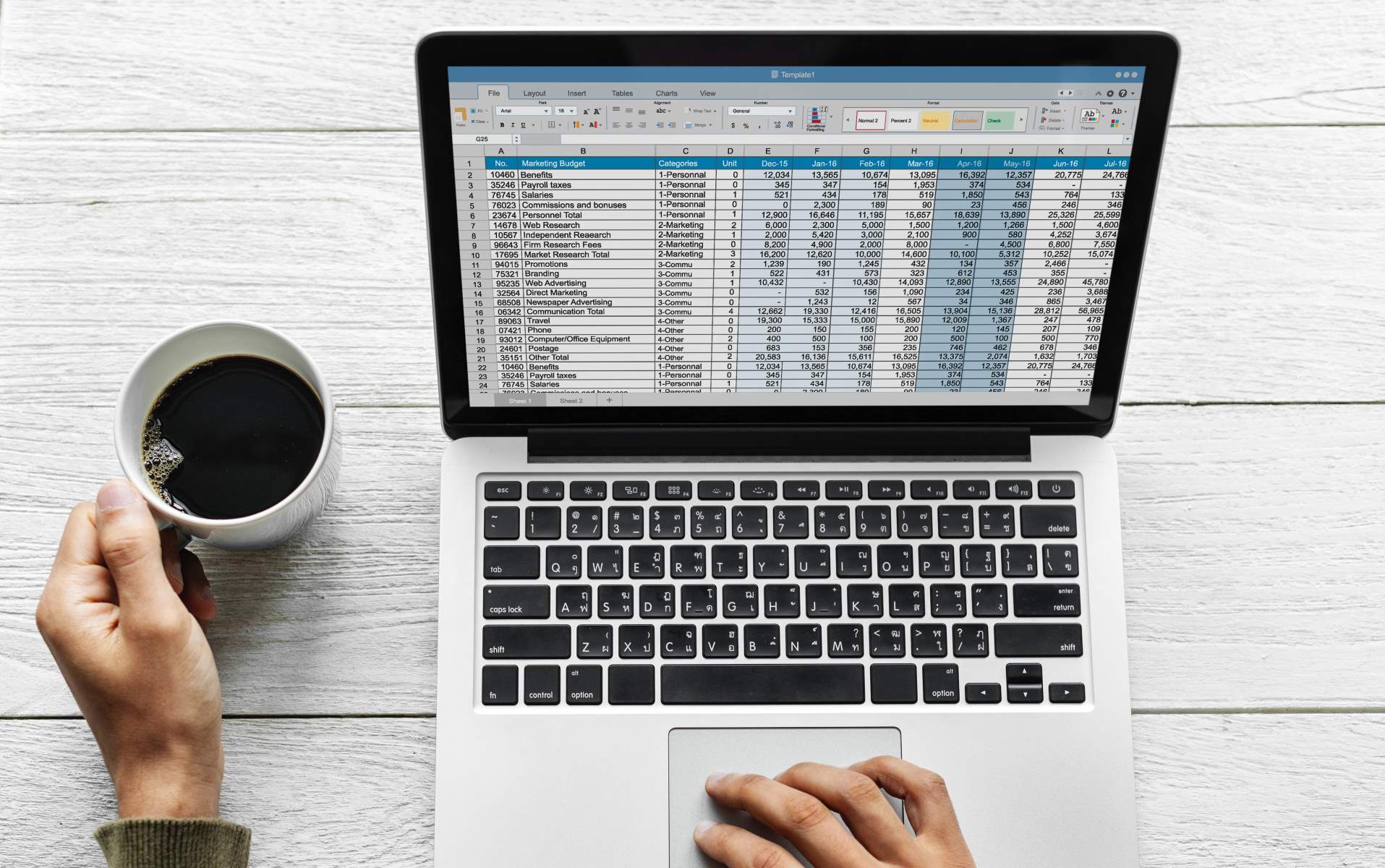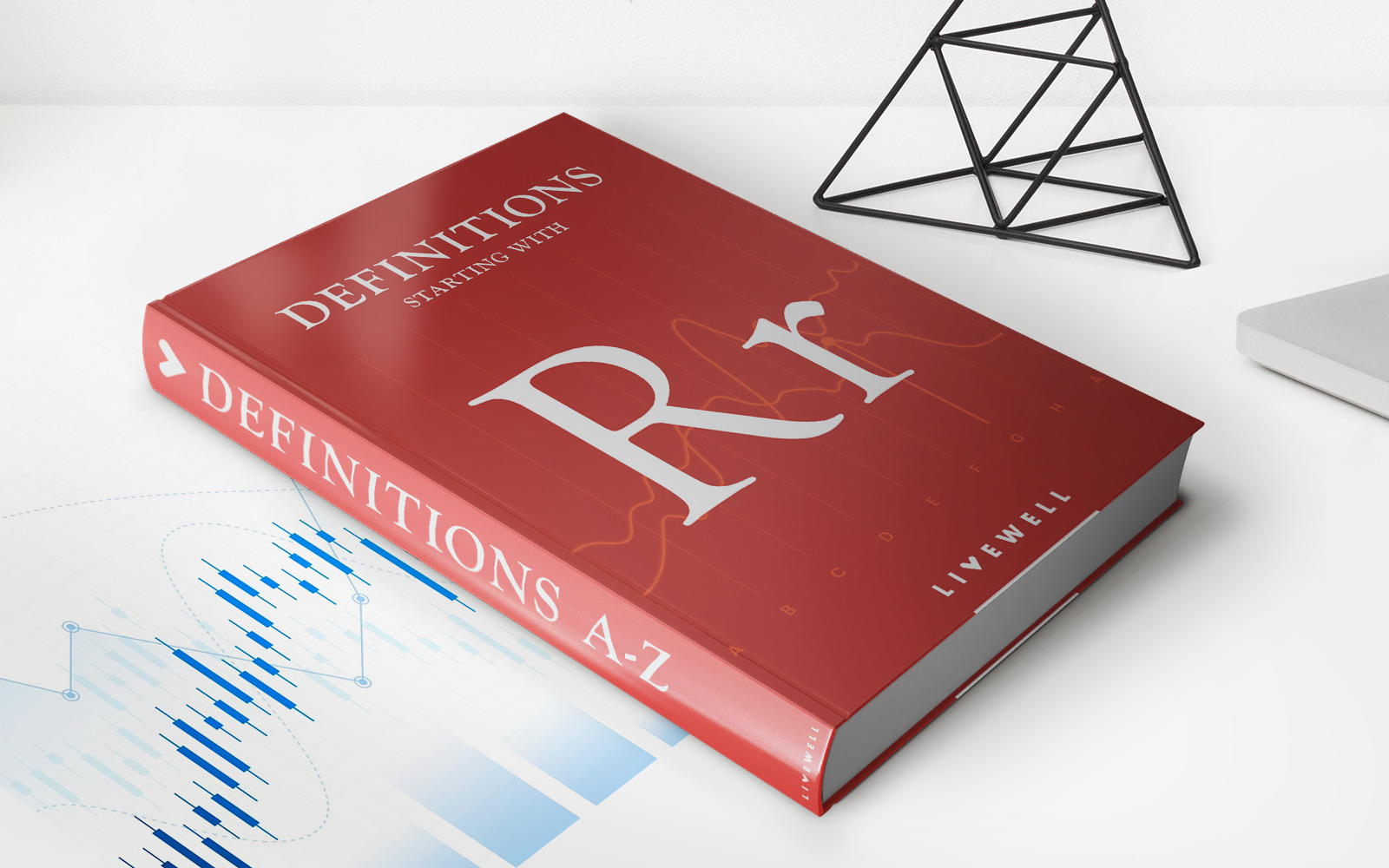

Finance
What Are Ledgers In Accounting
Published: October 6, 2023
Discover the importance of ledgers in accounting for effective financial management. Gain a deeper understanding of how finance and ledger systems work together.
(Many of the links in this article redirect to a specific reviewed product. Your purchase of these products through affiliate links helps to generate commission for LiveWell, at no extra cost. Learn more)
Table of Contents
Introduction
Welcome to the world of accounting! In the realm of finance, accuracy and organization are paramount. One of the key tools used in accounting to achieve this is the ledger. Ledgers play a crucial role in recording and tracking financial transactions, ensuring that businesses have a clear and comprehensive overview of their financial activities.
In simple terms, a ledger is a book or electronic record where financial information is entered and categorized. It serves as a central repository for all financial data, allowing businesses to track income, expenses, assets, and liabilities. Ledgers are the foundation of accounting, providing the necessary information for creating financial statements, analyzing performance, and making informed business decisions.
Without ledgers, businesses would struggle to maintain accurate and up-to-date records, leading to confusion, errors, and potentially damaging consequences. Whether you are a small business owner, an accountant, or a finance enthusiast, understanding the ins and outs of ledgers is essential to effectively manage finances and ensure the success of any business venture.
In this article, we will delve deeper into the world of ledgers. We will explore the definition, types, components, maintenance, and importance of ledgers in accounting. So, let’s get started!
Definition of Ledgers in Accounting
Ledgers are the backbone of the accounting system. They are comprehensive records that contain all the financial transactions and information related to a specific account or set of accounts. The purpose of a ledger is to provide a detailed and organized representation of a company’s financial activities.
Each financial transaction, such as sales, purchases, expenses, and payments, is recorded in the ledger under the appropriate account category. This allows businesses to track and monitor individual accounts, as well as calculate the overall financial position and performance of the company.
A ledger typically consists of multiple pages or electronic sheets, with each page dedicated to a specific account. The accounts are arranged according to a chart of accounts, a standardized system that classifies and categorizes various financial activities. For example, accounts such as “Cash,” “Accounts Receivable,” “Inventory,” “Accounts Payable,” and “Expenses” are commonly found in a ledger.
Ledgers provide a chronological record of transactions within each account. Every entry in the ledger includes essential details, such as the date of the transaction, a description of the transaction, and the amount involved. These entries are posted from the original source documents, such as invoices, receipts, and bank statements, ensuring accuracy and accountability.
In addition to recording transactions, ledgers also facilitate the creation of financial statements. From the ledger, account balances can be summarized and transferred to other financial statements such as the income statement and balance sheet. This process allows businesses to generate accurate and comprehensive reports that provide a snapshot of their financial health and performance.
Overall, ledgers serve as a financial compass for businesses, providing a clear and organized record of their financial transactions and enabling them to make informed decisions based on accurate financial information.
Types of Ledgers
In the world of accounting, different types of ledgers are utilized to cater to the specific needs and requirements of businesses. Let’s explore some commonly used types of ledgers:
- General Ledger: The general ledger is the primary ledger that contains all the accounts and financial transactions of a company. It provides a comprehensive overview of the company’s financial position and is often organized according to the chart of accounts.
- Subsidiary Ledger: Subsidiary ledgers are secondary ledgers that provide more detailed information about specific accounts within the general ledger. For example, a company may maintain separate subsidiary ledgers for accounts receivable, accounts payable, inventory, and fixed assets. These subsidiary ledgers provide a deeper level of analysis and control for specific accounts.
- Control Ledger: Control ledgers are used to monitor and control specific types of transactions. For instance, a company may have a control ledger for petty cash expenses, travel expenses, or sales returns. These specialized ledgers allow businesses to closely monitor and manage specific areas of their financial activities.
- Fixed Asset Ledger: As the name suggests, a fixed asset ledger is dedicated to tracking and managing fixed assets owned by a company, such as buildings, machinery, and vehicles. This ledger provides detailed information on the acquisition, depreciation, disposal, and maintenance of these assets.
- Cash Ledger: A cash ledger is used to record and track all cash transactions, including cash receipts and cash payments. It provides a clear picture of a company’s cash inflows and outflows, ensuring accurate cash management.
- Inventory Ledger: Businesses that deal with inventory often maintain an inventory ledger to monitor the quantity, cost, and value of their inventory. This ledger helps in tracking inventory levels, identifying stock shortages, and determining the cost of goods sold.
These are just a few examples of the types of ledgers used in accounting. The choice of ledger types depends on the complexity of a company’s financial operations and the information required for effective financial management and reporting.
By utilizing different types of ledgers, businesses can maintain organized and detailed records of their financial transactions, enabling them to better manage their finances and make informed decisions.
Components of a Ledger
A ledger consists of several important components that work together to create a comprehensive and organized record of a company’s financial transactions. Let’s explore the key components of a ledger:
- Account Name: Each account in the ledger has a unique name that identifies it. The account name usually reflects the nature of the account, such as “Cash,” “Accounts Receivable,” “Sales,” or “Rent Expense.”
- Account Number: Accounts in the ledger are often assigned unique numerical codes for easy identification and reference. These account numbers help to categorize, classify, and locate specific accounts within the ledger.
- Date: Every transaction recorded in the ledger includes the date on which it occurred. The date helps to establish the timeline of financial activities and ensures accurate chronological ordering of transactions.
- Description: A description accompanies each transaction entry in the ledger, providing essential details and explanations about the nature of the transaction. This includes information such as the purpose of the transaction, the parties involved, or any additional notes that facilitate understanding and reference.
- Debits and Credits: Ledgers utilize a double-entry bookkeeping system, where each transaction affects at least two accounts. The amount of the transaction is recorded as a debit in one account and as a corresponding credit in another. These debits and credits maintain balance within the accounts and the overall ledger.
- Amount: The monetary value of each transaction is recorded in the ledger. This amount reflects the increase or decrease in the account balance resulting from the transaction.
- Running Balance: In order to keep track of the account balance, a running balance is maintained for each account in the ledger. The running balance shows the cumulative effect of all transactions on the account, helping to monitor the account’s financial position.
- Reference Numbers: In some cases, reference numbers are used to cross-reference transactions with supporting documents, such as invoices, receipts, or bank statements. These reference numbers provide a connection between the transaction in the ledger and the corresponding source document for verification and audit purposes.
By having these components in place, a ledger becomes a powerful tool for recording, organizing, and analyzing financial transactions. It provides a clear and structured representation of a company’s financial activities, allowing for accurate financial reporting, decision-making, and compliance with accounting standards and regulations.
Importance of Ledgers in Accounting
Ledgers play a vital role in accounting, serving as the foundation for maintaining accurate financial records and facilitating effective financial management. Let’s explore the importance of ledgers in accounting:
- Financial Record Keeping: Ledgers serve as a central repository for recording all financial transactions. They provide a systematic and organized record of income, expenses, assets, and liabilities, ensuring that businesses have a complete and reliable documentation of their financial activities.
- Tracking and Monitoring: Ledgers allow businesses to track and monitor individual accounts and categories of transactions. They enable businesses to analyze trends, identify patterns, and evaluate financial performance. By reviewing the ledger, businesses can gain valuable insights into their financial health, make informed decisions, and implement strategies for growth and profitability.
- Financial Statement Preparation: Ledgers serve as the source for preparing financial statements, such as the income statement, balance sheet, and cash flow statement. The accuracy and completeness of the ledger entries directly impact the reliability and credibility of the financial statements, making ledgers critical in ensuring accurate financial reporting to stakeholders.
- Compliance and Audit: Ledgers play a crucial role in maintaining compliance with accounting standards, regulations, and tax requirements. Businesses must keep accurate and complete ledger records to comply with legal obligations and facilitate smooth audits by regulatory authorities, internal auditors, or external auditors.
- Decision Making: The information captured in ledgers provides businesses with the financial data needed to make informed decisions. By analyzing the financial records in the ledger, businesses can determine the profitability of projects, evaluate investment opportunities, assess cash flow management, and develop effective budgeting and cost control strategies.
- Identification of Errors and Fraud: Ledgers play a critical role in detecting errors, discrepancies, and potential fraudulent activities. Regular review and reconciliation of ledger accounts help to identify and rectify any inconsistencies, ensuring the accuracy and integrity of financial data.
- Communication and Transparency: Ledgers facilitate effective communication and transparency between different stakeholders, such as business owners, investors, lenders, and shareholders. The detailed and organized financial information in the ledger allows stakeholders to assess the financial performance and health of the business, build trust, and make informed decisions regarding their involvement with the company.
In essence, ledgers are integral to accounting as they provide a comprehensive record of financial transactions, support financial reporting, enable decision making, ensure compliance, and promote transparency and accountability. Without proper ledgers, businesses risk financial mismanagement, inefficiency, and a lack of financial insight.
Ledger Maintenance
Maintaining accurate ledgers is crucial for effective financial management and compliance. Here are some key aspects of ledger maintenance:
- Data Entry: Ensuring accurate and timely data entry is a fundamental aspect of ledger maintenance. All financial transactions should be promptly recorded in the appropriate ledger accounts, following the established chart of accounts. Attention to detail and accuracy in recording the date, description, debit, and credit amounts is essential.
- Reconciliation: Regular reconciliation of ledger accounts is important to ensure that the account balances in the ledger accurately reflect the actual financial transactions. Reconciliation involves comparing ledger balances with external records, such as bank statements, supplier statements, and customer statements, to identify any discrepancies and rectify them promptly.
- Classification and Organization: Ledgers should be organized and classified in a logical manner for easy navigation and reference. This involves grouping accounts based on their nature and category, such as asset accounts, liability accounts, revenue accounts, and expense accounts. Consistent naming conventions and account numbering systems should be used to maintain uniformity and clarity.
- Policies and Procedures: Establishing clear policies and procedures for ledger maintenance is essential to ensure consistency and adherence to accounting standards. These policies should include guidelines for data entry, reconciliation processes, periodic review and analysis of ledger accounts, and internal controls to prevent errors or fraud.
- Backup and Data Security: Regular backups of the ledger data should be performed to safeguard against data loss or corruption. Multiple copies of backups should be stored securely, either in physical or electronic formats, to ensure uninterrupted access to the ledger information. It is also important to implement appropriate data security measures to protect sensitive financial data from unauthorized access.
- Periodic Review: Conducting periodic reviews of the ledgers is crucial to identify any errors, inconsistencies, or potential issues. This involves analyzing account balances, reviewing transactions, and verifying the accuracy of ledger entries. Any discrepancies or irregularities should be promptly investigated and rectified to maintain the integrity of the ledger data.
- Training and Skill Development: Providing appropriate training and skill development opportunities to accounting staff is important for effective ledger maintenance. Accounting professionals should have a solid understanding of accounting principles, chart of accounts, and ledger management practices to ensure accurate data entry and proper maintenance of the ledgers.
By consistently following these practices and maintaining the integrity of the ledgers, businesses can rely on accurate and up-to-date financial information, support decision-making processes, and ensure compliance with accounting standards and regulations.
Common Ledger Issues and Their Solutions
Despite the importance of ledger maintenance, there are various challenges that businesses may encounter. Let’s explore some common ledger issues and their solutions:
- Data Entry Errors: Data entry errors, such as incorrect amounts, missing transactions, or typographical errors, can lead to inaccurate ledger balances. To address this, businesses can implement double-entry verification processes, conduct regular reviews, and provide training to staff on proper data entry techniques.
- Reconciliation Discrepancies: Reconciliation discrepancies occur when the ledger balances do not match external records, such as bank statements or supplier statements. To resolve this issue, businesses should carefully review the reconciliation process, ensure that all transactions are recorded accurately, and investigate any discrepancies by comparing supporting documents.
- Improper Classification of Accounts: Misclassification of accounts can lead to inaccurate financial reporting and analysis. To avoid this, businesses should establish a well-defined chart of accounts, provide training to staff on proper classification criteria, and regularly review and update the chart of accounts as needed.
- Lack of Internal Controls: Insufficient internal controls can increase the risk of errors and fraudulent activities in ledger maintenance. Implementing segregation of duties, regular monitoring, and review processes, as well as conducting internal audits, can help strengthen internal controls and prevent potential issues.
- Inadequate Backup and Data Security: Failure to maintain appropriate backups and ensure data security can result in data loss or unauthorized access to ledger information. It is important to regularly back up ledger data, store backups securely, and implement strong data security measures, including encryption and access controls, to protect sensitive financial information.
- Lack of Periodic Reviews: Neglecting periodic reviews of the ledger can lead to undetected errors, discrepancies, or irregularities. Regularly reviewing and analyzing ledger accounts, conducting variance analysis, and promptly investigating any anomalies can help identify and rectify issues before they escalate.
- Inadequate Training and Knowledge: Insufficient training and knowledge of accounting principles and ledger maintenance practices can contribute to errors in ledger management. Providing ongoing training and professional development opportunities to accounting staff can help enhance their skills and ensure accurate ledger maintenance.
By addressing these common ledger issues through proper processes, controls, and training, businesses can maintain accurate and reliable ledgers, allowing for more effective financial management and decision-making.
Conclusion
Ledgers are the bedrock of accounting, providing a comprehensive and organized record of a company’s financial transactions. They serve as the backbone for financial reporting, decision-making, compliance, and transparency. From recording and categorizing transactions to preparing financial statements, ledgers play a pivotal role in maintaining accurate and reliable financial records.
By understanding the definition and types of ledgers, along with the components and importance of ledger maintenance, businesses can ensure the integrity of their financial information. Accurate ledger maintenance assists in tracking and monitoring financial activities, facilitating effective financial management and informed decision-making. Ledgers also aid in identifying errors, fraud, and discrepancies, allowing for prompt resolution and ensuring compliance with accounting standards and regulations.
However, ledger management is not without its challenges. Data entry errors, reconciliation discrepancies, improper account classification, and lack of internal controls can hinder the accuracy and reliability of ledgers. Addressing these issues through proper processes, controls, training, and regular reviews can help maintain the integrity of the ledger data.
In conclusion, ledgers are a fundamental tool for accounting, serving as the backbone of financial record-keeping and analysis. By maintaining accurate and reliable ledgers, businesses can have a clear and comprehensive understanding of their financial position, make informed decisions, meet compliance requirements, and enhance transparency for stakeholders. Ledgers form the foundation of financial management, providing a solid basis for efficient and effective financial operations.
